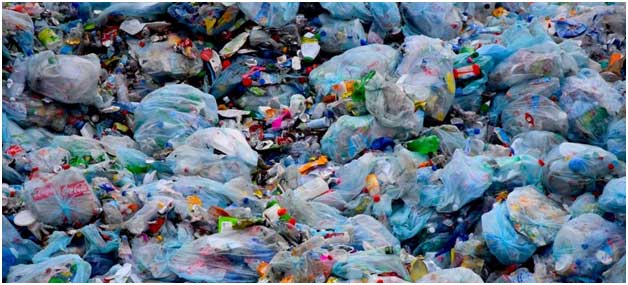Plastic: The Largest Predator in Our Oceans

LONDON, Dec 20 2019 (IPS) – Plastic pollution is currently the largest global threat to marine life. Each year, 10-20 million tonnes of plastic ends up in our oceans, killing approximately 100,000 marine mammals and over a million seabirds.
Whilst the media has certainly helped raise awareness and inspire a change of attitude towards plastics, the amount of plastic in our oceans is still rising. As a result, vast numbers of sea species are now critically endangered, and the need for urgent action has never been stronger.
Marine Debris
So, where does all this plastic come from? Well, around 80% of all marine debris, derives from from land-based sources. This includes littering, illegal waste dumping, and the improper disposal of products such as wet wipes, sanitary products and cotton buds.
And although more parts of the world are now turning their attention towards the issue, the amount of rubbish entering the ocean is rising, with one truckload of plastic entering the ocean every single minute.
The remaining 20% of marine debris is the result of ocean based activity. This is mainly from the fishing industry, but also caused by boats that collect trash and dump it out at sea.
Read More
.

